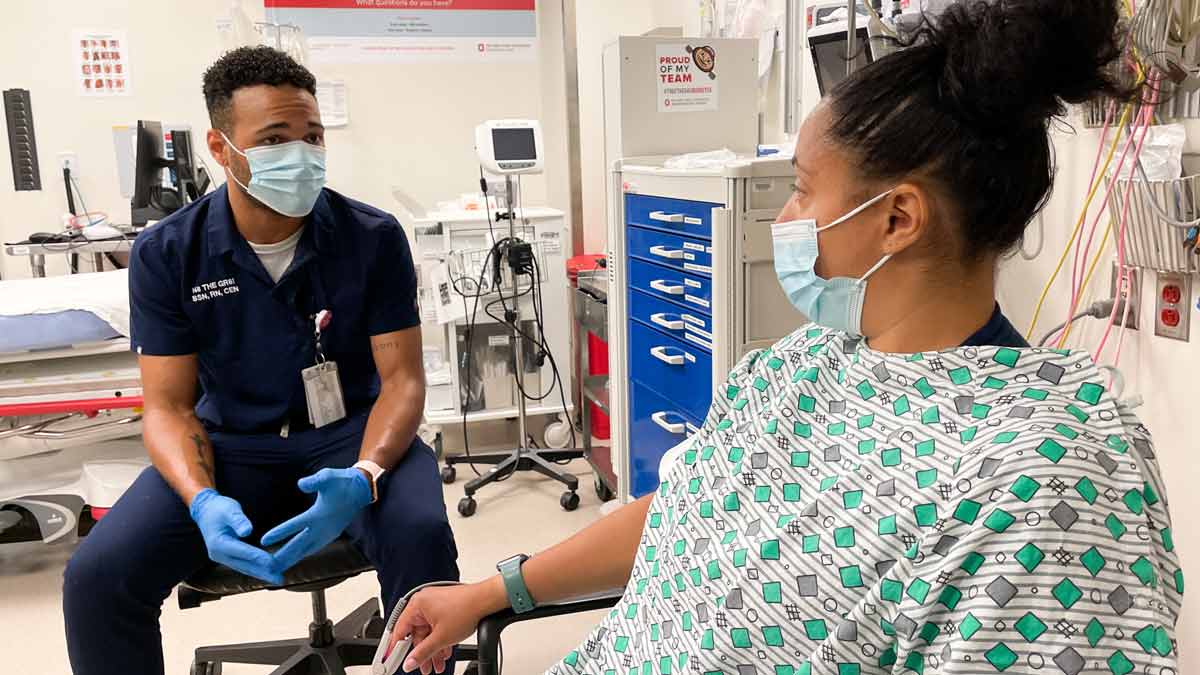Choosing a primary health care provider

Developing a relationship with a health care provider offers you an opportunity to focus on wellness and prevention. When you work with a health care professional who understands your personal health history—as well as the health history of your family—you’ll learn more about your risks and opportunities for prevention strategies. You can take steps for better health and a better life. The consistency of care helps you recognize symptoms that may require follow-up or specialty care.
Practical considerations
When you begin your search for a health care provider, start with your health insurance. Some health insurance plans require you to list a primary care provider. Check your policy to learn what types of providers are covered by your plan, and whether you can access financial incentives by choosing particular types of medical practices.
Beyond the requirements of your insurance provider, there are several other practical considerations.
“When people are choosing a primary care physician, I recommend they consider location first,” says J. Nwando Olayiwola, MD, family physician and chair of Family Medicine at The Ohio State University Wexner Medical Center. “Finding a doctor that’s conveniently located—perhaps close to your home, work or school—will help you get to appointments regularly and on time. Another important consideration could be language.”
If English is your second language, you want to find a practitioner who speaks that language or a practice that offers translator services, if necessary. You want to make sure they’ll understand you and you’ll understand them.
Next, consider what services are available at the practice. Women may want to find a practice that provides mammograms onsite. Athletes may want a practice that knows sports medicine or offers chiropractic manipulation to treat and prevent back pain. Are there on-site laboratory services? Consider the availability of electronic health records for the convenience of referencing test results and treatment recommendations after your appointments. Then, it’s all about fit and your comfort level—just like any other relationship. You’re forming a partnership, and a caring and trusting environment is important.
Family medicine practices
Family medicine practices care for patients across the lifespan, from newborns to end-of-life care.
“The training in family medicine is truly extensive,” Olayiwola says. “We’re given exposure to so many medical situations, including prenatal care, delivery of babies, pediatrics, adolescent issues, adult medicine, chronic diseases and geriatric care. We constantly stay up-to-date on new treatments and emerging diseases.”
Olayiwola says that a typical day for their practice is never “typical.” During a recent morning clinic, she saw an 80-year-old with diabetes, a 2-year-old whose parents were concerned about delayed walking, a 26-year-old with knee pain from an athletic injury, a 10-year-old with a stomachache, a new mother with thyroid issues in her postpartum period, a college student with anxiety, and that was just part of the day.
While family physicians treat all ages and all ailments, adults with multiple, chronic health issues might consider a practice with specialists in internal medicine.
Internal medicine practices
“General internal medicine’s area of expertise is the medically complex adult who may have multiple chronic health issues, such as diabetes, hypertension or heart failure,” says Deborah Gordish, MD, internal medicine physician at The Ohio State University Wexner Medical Center. “At Ohio State, we have general internal medicine practices and internal medicine—pediatrics practices, with providers who are board certified in both internal medicine and pediatrics. They have an additional year of residency to learn both specialties, and care for newborns to complex geriatric patients. We also work with our patients on preventive strategies.”
Patients are typically referred to an internal medicine specialist for treatment after an illness has developed. Internal medicine specialists help patients manage chronic medical problems and, in particular, patients who have multiple concurrent issues.
“Internal medicine-pediatrics follow people throughout their life, while general internal medicine focuses on the adult patient,” Gordish says. “We’re their partners as they grow and age.”
She recommends seeing an internal medicine specialist if you know you have a family history of chronic medical issues—before illnesses develop.
“There’s a great deal of new information on preventative strategies that we can provide, even for chronic conditions,” she says. There are new national guidelines in nutrition, self-care, appropriate periodic screenings, immunizations and wellness checks, for example.
“My philosophy is to emphasize patient education and self-care,” Gordish says. “We like to talk about exercise, give support for tobacco cessation, provide nutrition information and address mental health needs to treat the entire person.”
Making the best choice
When you choose a new primary care provider, take the time to meet with them.
“Schedule an initial consultation,” Gordish says. “Is the doctor attentive and listening? Do they make eye contact? Do they answer your questions? If you’re looking for a pediatrician or family doctor and you have your children with you, are they asking the kids questions directly and not ignoring them?”
In simplest terms, general internal medicine practices are for adults only, while internal medicine—pediatrics, and family medicine practices can treat your entire family. Convenience, communication and the intangibles that come from a face-to-face meeting make a difference. You should consider your options and plan for a long-term relationship with your primary care provider.




